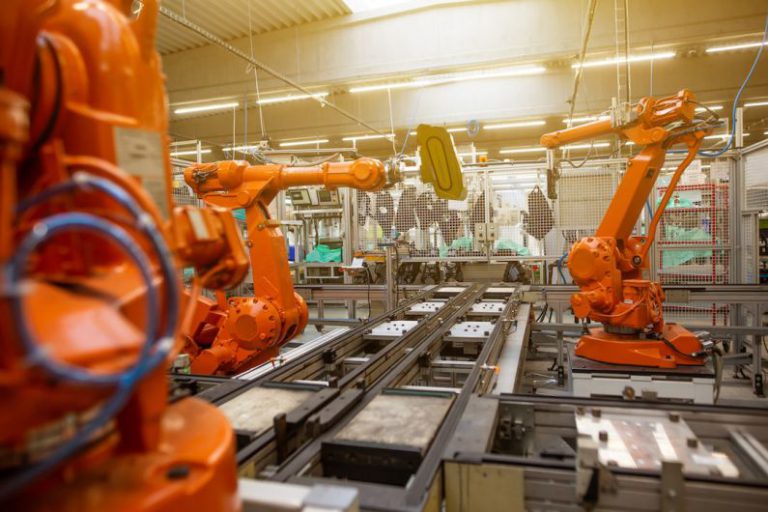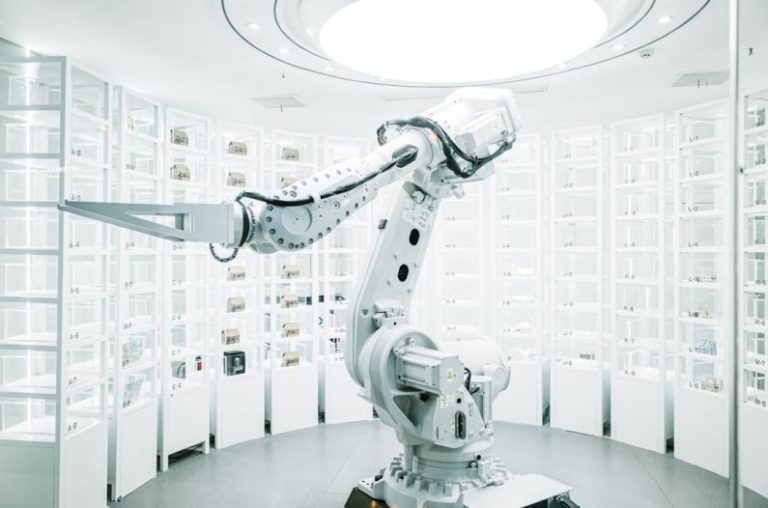Enhanced Rubber Adhesion Techniques for Longer Lasting Treads
Tire longevity is a crucial aspect of vehicle maintenance that directly impacts safety and performance. The tread of a tire is particularly vulnerable to wear and tear, making it essential for manufacturers to continuously improve rubber adhesion techniques to enhance durability. In recent years, advancements in technology have allowed for the development of innovative methods that significantly extend the lifespan of tire treads. By incorporating these enhanced rubber adhesion techniques, consumers can enjoy longer-lasting tires that offer improved traction and stability on the road.
Innovative Rubber Compounds
One of the key factors influencing the longevity of tire treads is the composition of the rubber compounds used in their construction. Traditional rubber compounds often suffer from issues such as poor adhesion to the road surface and susceptibility to wear. However, recent advancements in materials science have led to the development of innovative rubber compounds that exhibit superior adhesion properties. By integrating special additives and reinforcements into the rubber mixture, manufacturers can create treads that are more resistant to abrasion and deformation, resulting in significantly extended lifespan.
Nano-technology Integration
Nano-technology has revolutionized many industries, including tire manufacturing. By incorporating nano-scale materials into rubber compounds, manufacturers can enhance the adhesion properties of tire treads at the molecular level. Nanoparticles such as silica and carbon black can improve the bonding between rubber molecules, increasing the overall strength and resilience of the tire tread. This advanced technology not only improves the longevity of the tread but also enhances traction and grip, ultimately leading to a safer driving experience.
Enhanced Bonding Techniques
In addition to innovative rubber compounds, advancements in bonding techniques have played a crucial role in improving the durability of tire treads. Traditional methods of bonding rubber to the tire carcass often result in weak interfaces that are prone to separation under stress. However, modern bonding techniques such as cold bonding and microwave curing offer superior adhesion properties that ensure the longevity of the tread. These methods create strong molecular bonds between the rubber components, effectively preventing delamination and increasing the overall lifespan of the tire.
Improved Manufacturing Processes
The manufacturing process itself plays a significant role in determining the longevity of tire treads. By implementing advanced automation and quality control measures, manufacturers can ensure the consistent application of rubber compounds and bonding techniques, resulting in more durable treads. Additionally, the use of cutting-edge machinery and precise molding techniques can further enhance the structural integrity of the tire, reducing the risk of premature wear and tear. By focusing on optimizing every step of the manufacturing process, companies can produce tires with longer-lasting treads that meet the highest standards of quality and performance.
Enhanced Rubber Adhesion: A Sustainable Solution
As the automotive industry continues to prioritize sustainability and environmental consciousness, the development of enhanced rubber adhesion techniques offers a promising solution for reducing waste and resource consumption. By extending the lifespan of tire treads, manufacturers can reduce the frequency of tire replacements, resulting in fewer tires being discarded in landfills. Additionally, longer-lasting treads contribute to improved fuel efficiency, as well-maintained tires require less energy to roll, leading to reduced carbon emissions and environmental impact. By embracing enhanced rubber adhesion techniques, the automotive industry can move towards a more sustainable future while ensuring the safety and longevity of vehicles on the road.
In conclusion, the implementation of enhanced rubber adhesion techniques represents a significant advancement in tire manufacturing that promises longer-lasting treads and improved performance. By leveraging innovative rubber compounds, nano-technology integration, enhanced bonding techniques, and improved manufacturing processes, manufacturers can produce tires that offer superior durability, traction, and safety. As the industry continues to evolve and prioritize sustainability, the development of enhanced rubber adhesion techniques serves as a crucial step towards creating a more sustainable and efficient transportation system.






